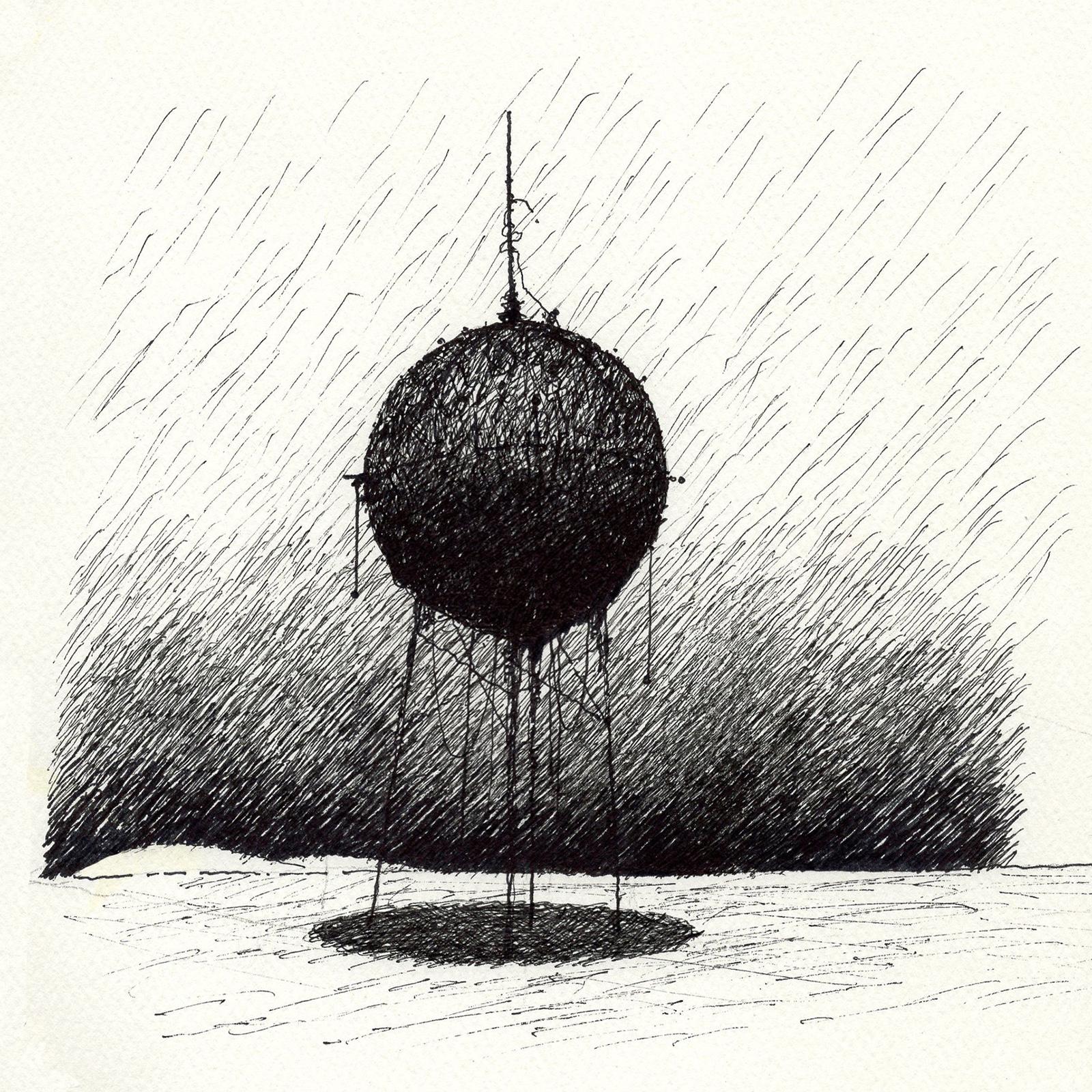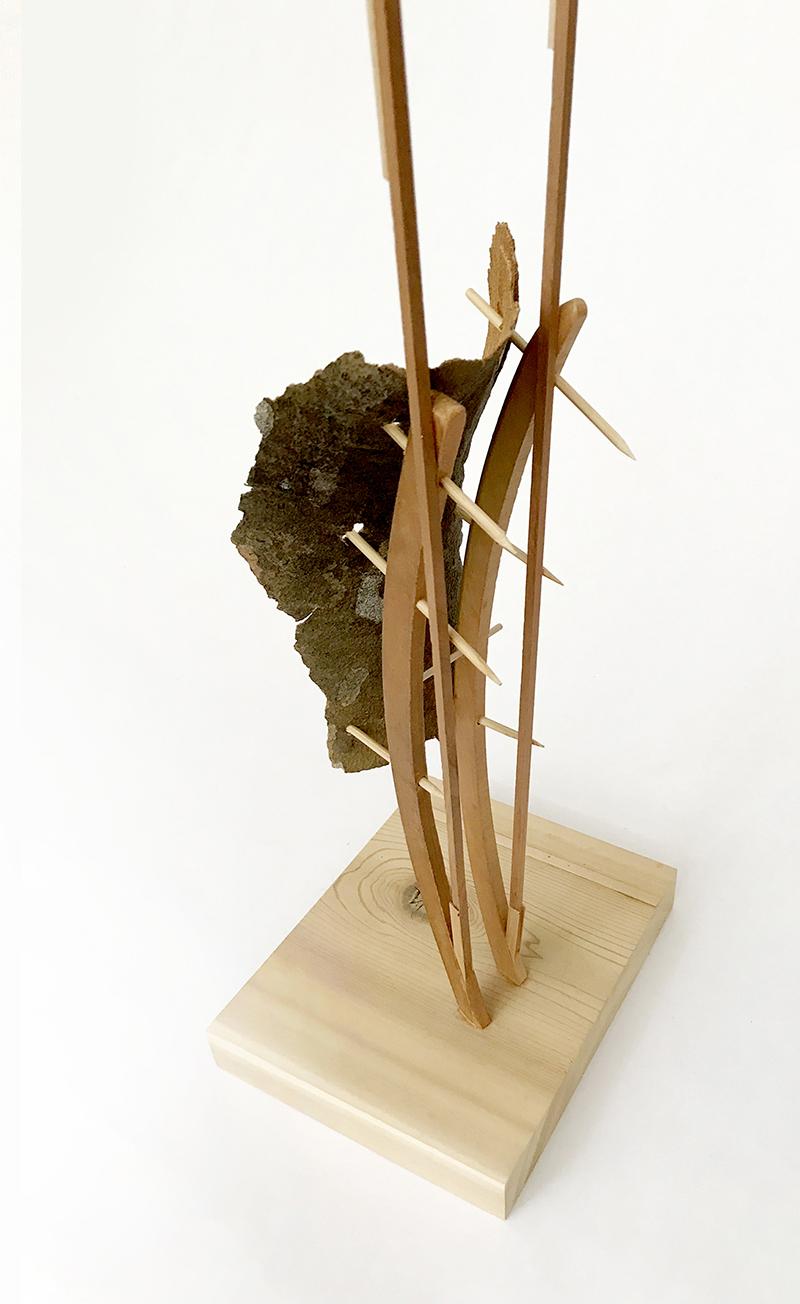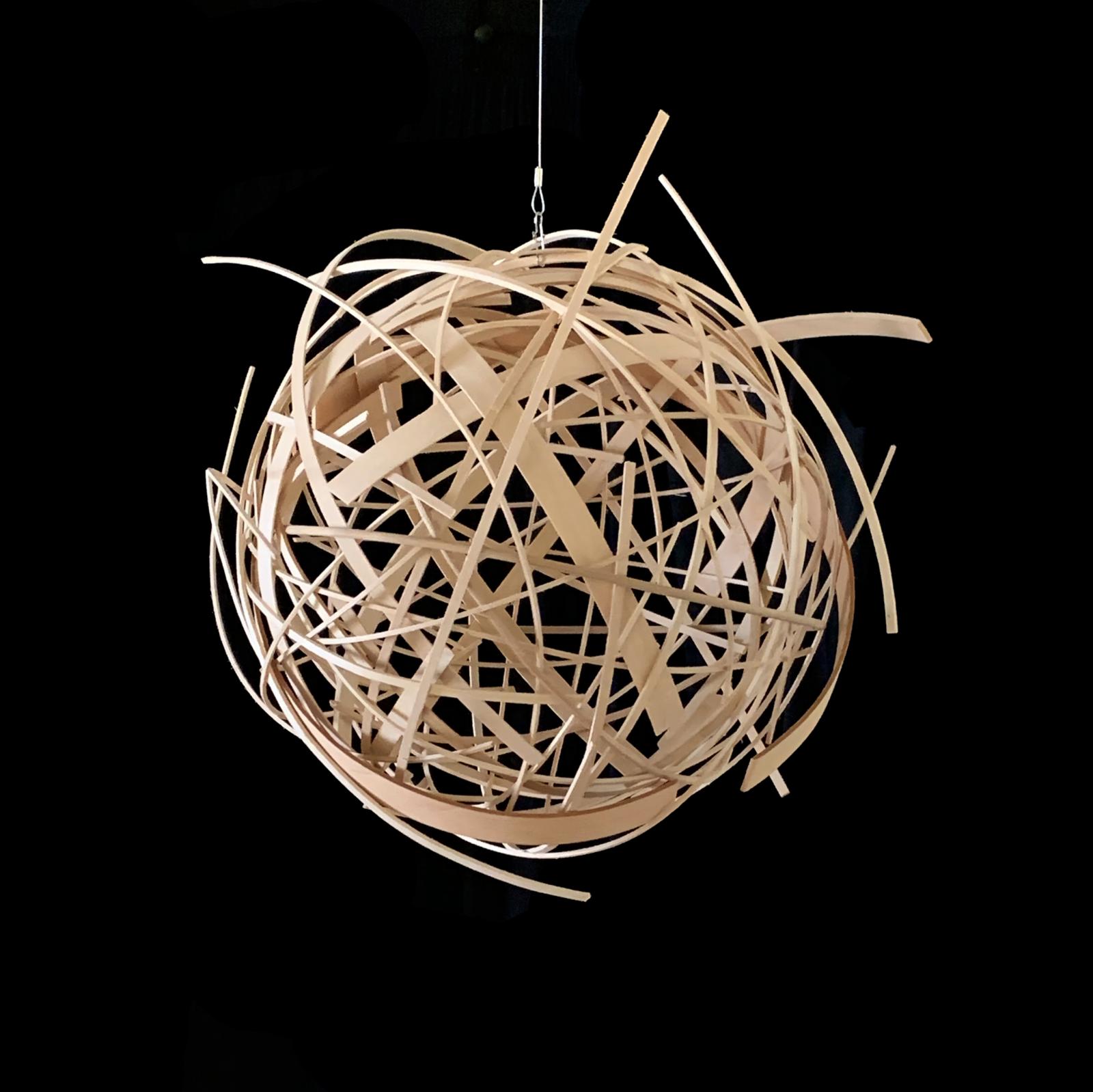About the Artist
Eric J. Jenkins, Architect / Educator / Mixed Media / Drawing Eric is a licensed architect, educator and mixed-media experimenter. Until he decided to shift from full-time teaching in August 2019, he was a Full Professor and Director of the Catholic University School of Architecture and Planning's graduate Urban Practice concentration in Washington, DC. Among other courses, he taught graduate and undergraduate design studios, thesis design, architectural and urban theory, freehand sketching, and research methodologies. Additionally, he directed foreign and domestic programs including semester-long programs in Rome and Barcelona and short-term programs in Japan, Turkey, The Czech Republic, Hungary, The Netherlands, Morocco, Germany and the United Kingdom. Eric's research and writing has focused on design epistemology. In the past few years he has focused on freehand analytical sketching in cultivating design thinking. He has published in Centropa, MIT's Thresholds and Harvard University Graduate School of Design's Paratactics. He is the author of the two books: To Scale: One Hundred Urban Plans (Routledge, 2008) and Drawn to Design: Analyzing Architecture through Freehand Drawing (Birkhauser, 2013). His current research centers on contextual interpretation in the architectural and urban design process. Eric is the recipient of several teaching and design awards. In 1996, the University of Maryland honored him with a Certificate of Teaching Excellence. In 2006, CUA honored him with the James E. Dornan Memorial Undergraduate Educator of the Year award. This award recognizes a faculty member’s outstanding classroom teaching ability, academic advising and publications. Also, in 2006, Eric was nominated for the Provost’s Excellence in Teaching award. In 2014 he was honored with the Provost's Award for Excellence in Creative Expression. His award-winning artwork has been exhibited at several locations including the Strathmore Mansion, Specto Art Space, Waverly Street Gallery, The Circle Gallery and the Rochester Museum of Art and The Capitol Hill Art League. He is the recipient of three Architectural Record’s Annual Cocktail Napkin Sketch contest awards: Honorable Mention in 2018, First Place in 2016, and Runner up in 2014. He has lectured and directed workshops at architectural firms--such as Gensler, Hickok Cole, Antunovich Associates--and at national universities including Clemson, Miami University, Maryland Institute College of Art, the University of Minnesota and the University of Maryland as well as The Smithsonian Institute and The National Building Museum. As a licensed architect, Eric served on the AIA's District of Columbia chapter Board of Directors from 2013-2016 and previously from 2000-2002. He works primarily as a design consultant with several firms. It was with Studio 27 Architecture that he worked on Nusonian Homes prefabricated house prototype which was honored by The Virginia Society of the AIA with a 2004 Certificate of Merit for “Excellence in Architecture” award. In 2002, his Washington, DC loft renovation earned an Inform Design Award. Additionally, in 2017 he worked with staff of Washington DC's Department of Planning on a re-imagined master plan for Southwest DC. He earned a Bachelor of Science in Architecture and a Master of Architecture from the University of Maryland. His Master's thesis examined the relationship between film and architecture and culminated in the design of NYU's School of Film and Television in Astor Place. He earned a Masters in Design Studies from Harvard University’s Graduate School of Design in which he focused on 20th century architectural history and theory.Artist's Statement
My work emerges from an interest in bricolage: assembling using what is available. As Claude Lévi-Strauss notes in his book The Savage Mind, bricolage is improvisation in which the bricolur observes, catalogs and then assembles. As an improvisation, the work emerges out of careful listening and, in turn, contribution to a dialogue or conversation-- in this case a spatial and material conversation. As a free-flowing and intereting conversation with a friend, there is the unactipainted ad-hoc flow. Starting with a first move which may simply be a found piece of wood I develop the work by asking what would be the most appropriate contribution to that previous move. The conversation ends or at least moves to another topic (another piece) when there doesn't seem to be a need or at least a drive to continue. My influences are those artists who assemble or draw cleverly from what is given: Andy Goldsworthy, Louise Nevelson or Lebbeus Woods.Featured Work
Photos






Featured Work: Photos
Ruins of an Unknown Use
Pen and Ink
2019
This is one of in a series of drawings using pen and ink in which I explore the nature of ruins in landscapes. They are attempts to understand the feelings of mystery in that which we don't fully understand: what is that thing that we find in the landscape, in a city or elsewhere that is abandoned? What was it's original use? Like the physical models that I assemble, these try to evoke the unexplained or the desolate but with a curiosity.
Sycamore
Wood, sycamore bark, coat hangers
2018
This piece was inspired by a walk in the woods where I found this piece of bark that inferred skin or leather. The curved coat hangers suspend pushes the bark toward the observer. Exhibited at the Maryland Federation of the Art's show: "Eye of the Beholder" in 2019.
Whirling
Wood
2019
This piece really speaks to the dialogue between verticality through both an upward thrust of the wood columns and at the same time the downward suspension of small beads from the substructure that connects to earth's gravity in dialogue with frenetic spinning.
Encircling
Wood
2018
Encircling is about the nature of shaping space through simple wrapping. There's a type of embracing that occurs as the verticals twist around one another and help guide three slender wood threads.
Encircling
Wood
2019
This is the first piece that I suspended from the ceiling using a stainless steel fishing lead. The reason for focus primarily on vertical elements (columns, strands) on bases which show the compressive connections to the earth.
Towering
Wood
2018
This work began with a fascination with a piece of 4x4 fir lumber that had been discarded in a scrap pile and my interest in the wabi-sabi or celebrating the imperfection of material I wanted to put the knot front and center.

